Biscotti, the twice-baked Italian delicacy, is a favorite among bakers. However, achieving the perfect biscotti can be challenging. From dough consistency to baking time, even seasoned bakers can encounter pitfalls that lead to less than ideal results. Whether it’s a matter of taste or texture, each step in the process demands attention to detail. In this blog post, we’ll explore 12 common biscotti baking missteps and how a professional baker skillfully avoids them. Get ready to elevate your biscotti game with these expert tips and tricks, ensuring every batch is a delicious success.
Dough Consistency Issues
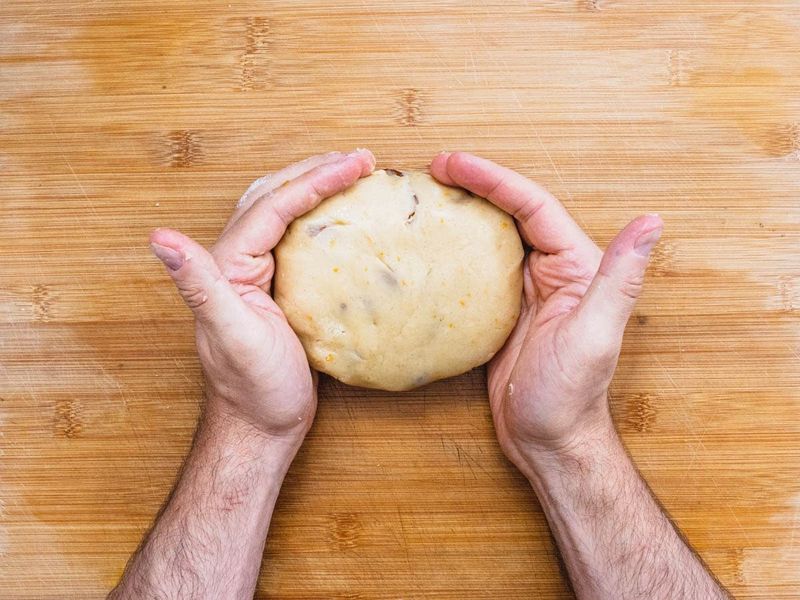
With a keen eye for detail, a pro baker knows that the secret to perfect biscotti begins with dough consistency. Too wet, and the biscotti will spread excessively; too dry, and it may crumble. The key is achieving a balance that feels pliable yet firm to the touch. By gradually adding flour and testing by hand, professional bakers ensure the dough holds its shape without being sticky.
A tender touch during mixing ensures all ingredients are evenly distributed, preventing unwanted lumps. This meticulous approach lays the foundation for biscotti that bakes uniformly, delivering the perfect bite every time.
Uneven Baking
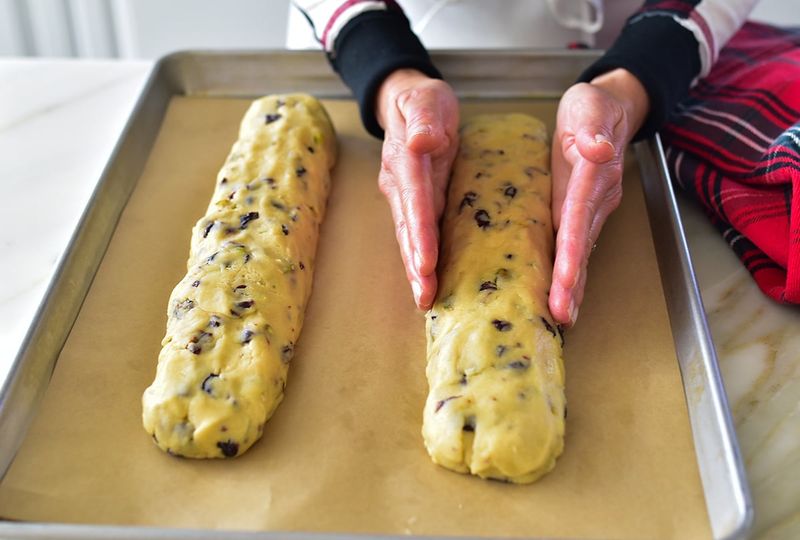
A pro baker avoids uneven baking by understanding the nuances of their oven. They rely on an oven thermometer to ensure the temperature matches the setting, eliminating hot spots that can lead to burnt edges or undercooked centers.
Rotating the baking sheet halfway through cooking is another technique used to achieve even doneness. This simple act ensures that each biscotti is exposed to consistent heat, resulting in a uniform golden-brown finish. By mastering these strategies, professional bakers produce biscotti that are as visually appealing as they are delicious.
Cracking During Slicing
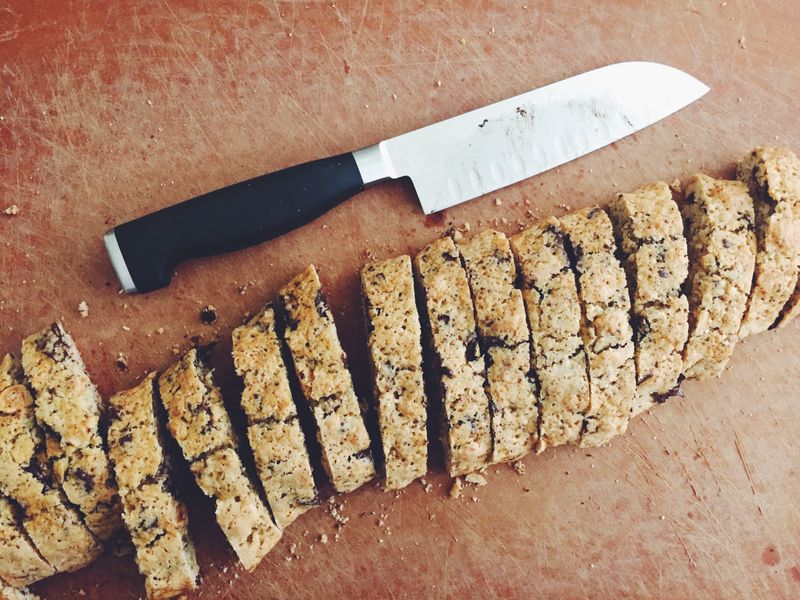
With steady hands and a sharp serrated knife, professional bakers avoid the common pitfall of cracking during slicing. Timing is crucial; slicing the biscotti while slightly warm prevents crumbling.
The angle and pressure applied during cutting also play a significant role in achieving clean slices. A gentle sawing motion is preferred over forceful chopping. This technique preserves the biscotti’s delicate structure, ensuring each piece is well-defined. Mastery in slicing not only enhances the biscotti’s appearance but also contributes to its delightful crunch.
Flavor Imbalance

Experienced bakers understand the art of flavor balancing, crucial for delightful biscotti. They carefully measure and taste ingredients, ensuring no single element overpowers the others. Whether it’s the zest of citrus, the richness of nuts, or the sweetness of dried fruit, each component must complement the whole.
Adjusting flavors requires a mix of intuition and practice. A seasoned palate detects subtle imbalances, allowing the baker to tweak recipes with precision. This attention to detail results in biscotti that tantalize the taste buds with harmonious flavors.
Inadequate Cooling
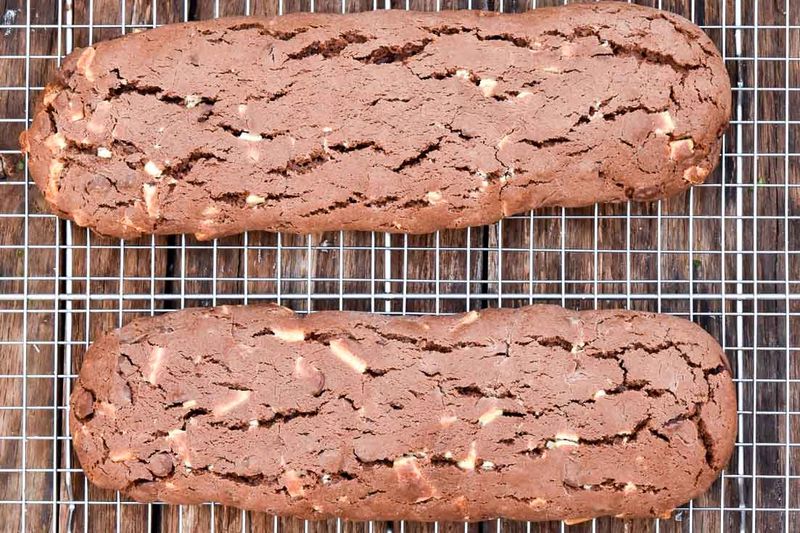
Cooling is a critical stage in biscotti preparation that professionals never overlook. Once out of the oven, biscotti must cool on wire racks to allow air circulation, preventing sogginess. Rushing this step compromises texture, so patience is key.
During cooling, biscotti firms up, achieving the characteristic crispness. Pro bakers monitor this closely, ensuring they are ready for storage or serving. This attention to cooling not only enhances the texture but also preserves the biscotti’s freshness, making it a delight to enjoy days after baking.
Incorrect Storage

Proper storage is crucial in maintaining biscotti’s signature crunch. Professionals seal biscotti in airtight containers, shielding them from moisture that leads to staleness. This simple practice extends shelf life, ensuring biscotti remain flavorful and crunchy.
For added flavor longevity, some bakers place parchment paper between layers to prevent sticking. This thoughtful approach keeps each piece intact and ready to enjoy, whether days or weeks after baking. Proper storage is a hallmark of expert bakers, reflecting their dedication to quality in every bite.
Overmixing
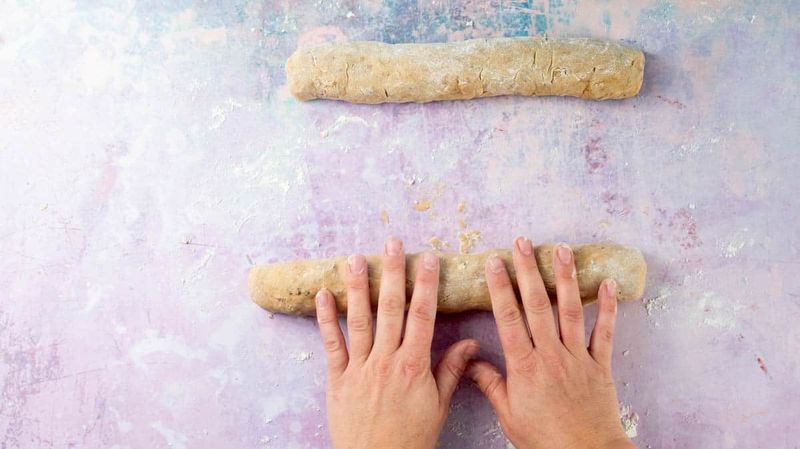
Mindful mixing is a hallmark of experienced bakers, who avoid the common mistake of overmixing biscotti dough. Overmixing activates gluten, resulting in tough biscotti. Professionals mix just until ingredients combine, preserving a tender crumb.
Using a gentle folding technique, they incorporate chunky ingredients like nuts or chocolate chips without overworking the dough. This method ensures a consistent texture and flavor throughout. By respecting the dough’s delicate balance, pro bakers achieve biscotti that are both crisp and light, delighting those who savor them.
Incorrect Oven Temperature
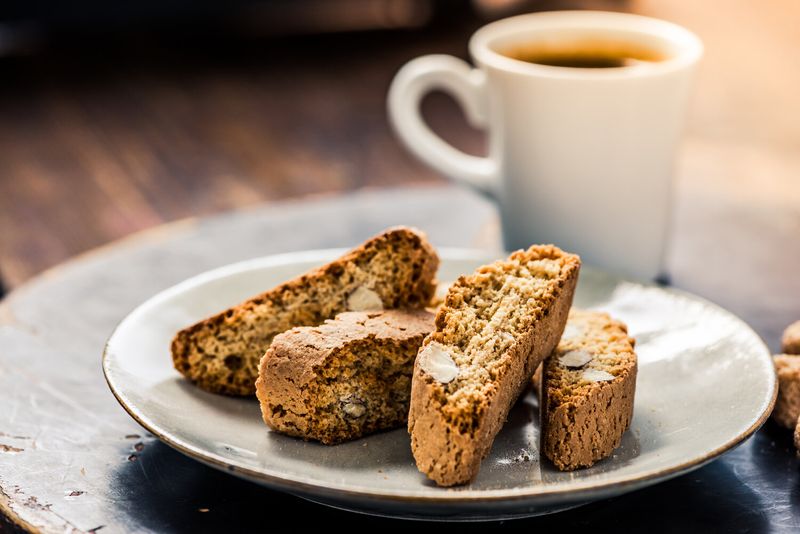
Accurate oven temperature is imperative for perfect biscotti. Pro bakers rely on oven thermometers for precision, ensuring the temperature is just right for even baking. This prevents the biscotti from being too hard or underbaked.
They understand that slight adjustments may be necessary based on oven performance and recipe specifics. By mastering their oven’s quirks, professional bakers consistently produce biscotti that are crisp and golden, a testament to their skill and attention to detail.
Skipping the Second Bake
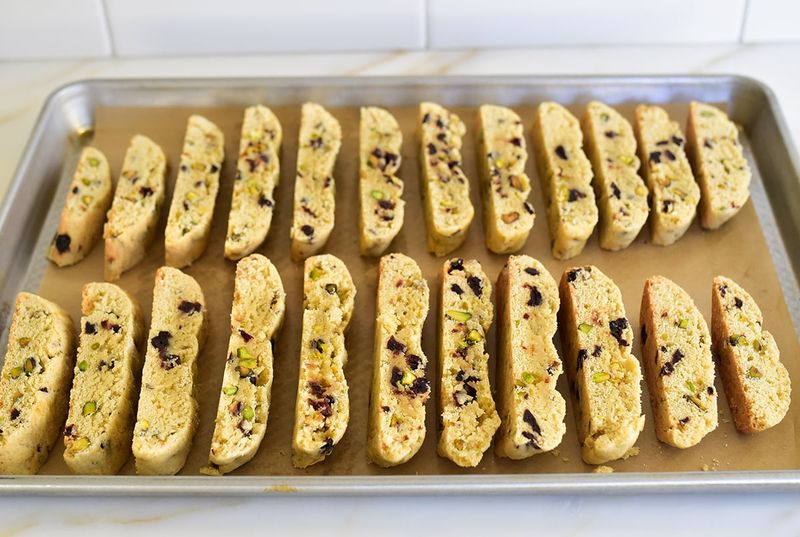
The second bake is what sets biscotti apart, giving it the characteristic crunch. Skipping it is a mistake pro bakers avoid, knowing it solidifies the texture. They time this bake precisely, watching closely to avoid over-drying.
This step requires patience and practice, but the payoff is substantial. Properly twice-baked biscotti are crisp yet not hard, offering a satisfying bite. The dedication to this method reflects the baker’s commitment to tradition and perfection in every biscotti batch.
Uneven Ingredients Distribution
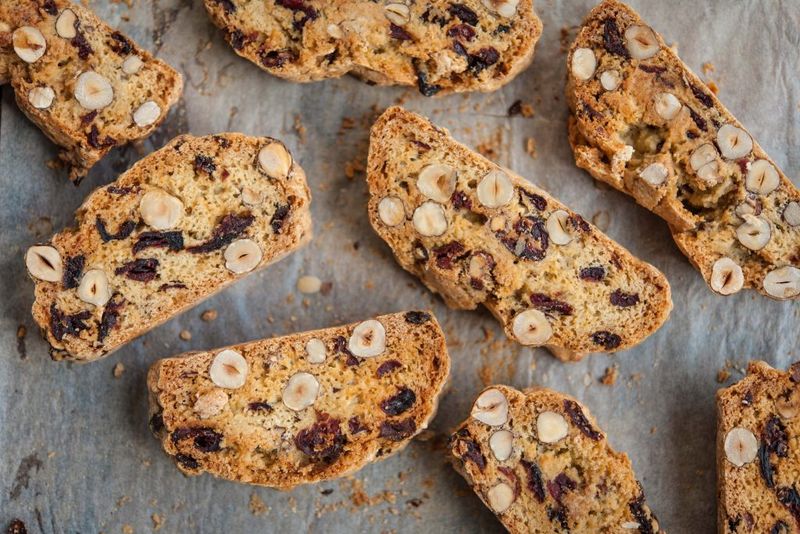
Ensuring even distribution of ingredients like nuts or fruit is crucial for biscotti that delivers consistent flavor in every bite. Professionals use a folding technique, gently turning the dough to incorporate additions uniformly.
This meticulous approach prevents clusters and ensures every biscotti piece is flavorful. By paying attention to this detail, bakers create biscotti that are a harmonious blend of textures and tastes, delighting those who enjoy them.
Failure to Rest Dough
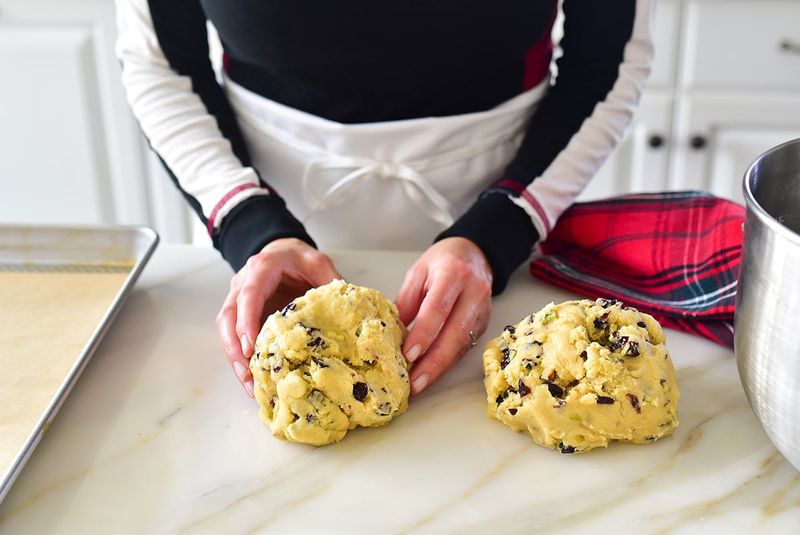
Resting the dough is a secret many pro bakers swear by. Allowing it to rest helps the ingredients meld, enhancing flavor and texture. This step, though often overlooked, is crucial in achieving biscotti that are flavorful and easy to work with.
By giving the dough time to settle, bakers ensure it rolls out smoothly and bakes evenly. This subtle but significant practice distinguishes an experienced baker’s biscotti, showcasing their patience and dedication to quality.
Ignoring Ingredient Quality
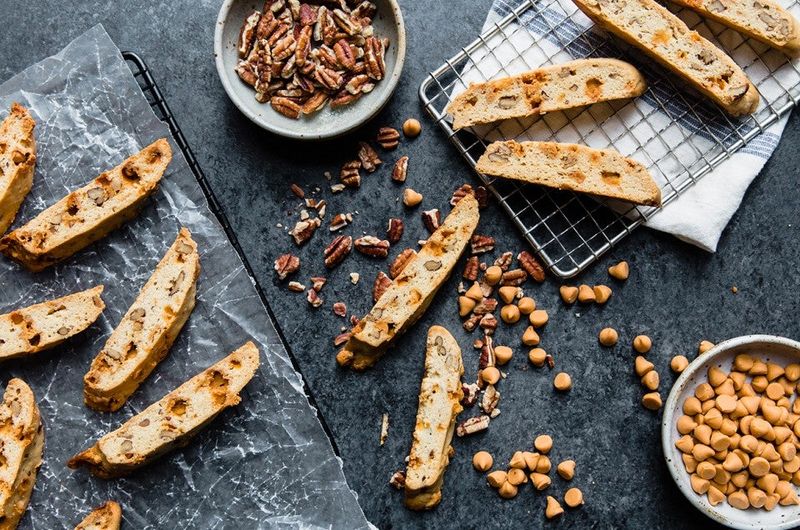
High-quality ingredients are the foundation of exceptional biscotti. Pro bakers choose premium nuts, dried fruit, and flavorings, knowing these elements shine through in the final product. The difference is notable; rich flavors and superior texture reward those who prioritize quality.
Careful selection and sourcing reflect the baker’s commitment to excellence. They understand that great biscotti start with the best ingredients, setting the stage for a delicious treat that stands out from the rest.
Leave a comment